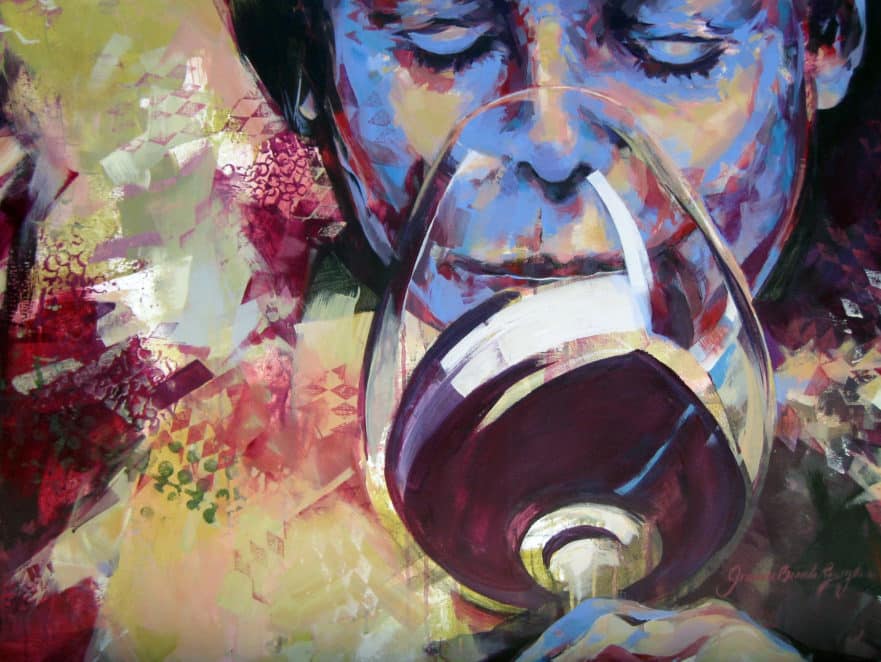Have you ever walked in a museum and witnessed artists at their easels painting faithful copies of masterpiece artworks. That practice is part of the classic European tradition of learning art. The assumption is that if the work is a masterpiece, and you faithfully copy it, you will gain knowledge and skill in doing so.
A similar practice is part of the Eastern tradition of learning. “Nothing more is required of the pupil, at first than that he should conscientiously copy what the teacher shows him (Herrigel)”. In this case, the master is not trying to cultivate artistry in the pupil, but instead craftsmanship.
Teachers who were trained in this tradition will often continue it in their own instruction for aspiring artists. It has long been considered a reasonable way to learn certain technical aspects of art making (most art students have done this).
There is however an inherent danger. An aspiring artist who depends on employing images from the photographs or paintings created by others, may not understand that act is likely to be plagiarism (unless the image is significantly changed). Unaltered images should not be claimed as your own. They are not to be publicly exhibited, entered into competitions, or used to produce any form of income without risking the possibility of legal consequence.
Generally there is an exception for work created in student learning situations, but the proper designation for academic copies is to label them clearly in this way – “after Rembrandt” or ‘after Alice Neel”. In this manner we can give credit to the true author of the work. If the author is alive, it is prudent to seek permission to use the image in any public way. If the author is dead, you must find out who holds the copyright or determine if it has been released into the public domain. (For specifics, familiarize yourself with the current copyright laws as they apply to artists.)
To help my students avoid the possibility of unfairly “borrowing” other people’s creative products, I encourage them to use their own photographs as source material if a photograph is required. And yes, there are instances in my art practice, where I have to model some portion of a pose in order to better understand how to portray it. Here is a good example where you can see the research photo I took, and the artwork that followed.



